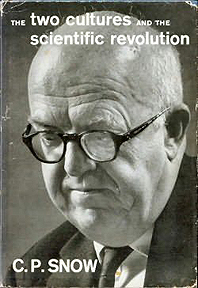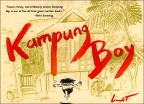The Theory of Webcomics: A DC Wiki?
![]() A few weeks ago, I discussed the usefulness of active, available archives for webcomics. Archives provide huge amounts of free content to draw in new readers; and they prevent continuity lockout by providing a way to easily go back and refresh your memory of previous events. With print comics, especially before the advent of everything getting collected in trade paperbacks, there really wasn’t a way to avoid that — which is a lot of why Silver Age stories needed to be as self-contained as they
A few weeks ago, I discussed the usefulness of active, available archives for webcomics. Archives provide huge amounts of free content to draw in new readers; and they prevent continuity lockout by providing a way to easily go back and refresh your memory of previous events. With print comics, especially before the advent of everything getting collected in trade paperbacks, there really wasn’t a way to avoid that — which is a lot of why Silver Age stories needed to be as self-contained as they  were.
were.
Nowadays, people who are flush with cash can always go buy a TPB collection of stories they missed or forgot. Who the heck is this character in the latest issue of Ultimate Spider-Man? The editor’s note says he first appeared back in Ultimate X-Men #17. All it takes is one trip to Amazon.com, several days for delivery, and then reading time, and I’ll be caught up enough to understand what’s going on in the comic currently in my lap.
Of course, those of us with rent bills to pay have to make do with the lower-cost option: The internet. There are lots of choices to catch up on, say, DC Comics continuity: The DC Wikia, the Justice League Library, Heroes Wiki, and heck, even granddaddy Wikipedia itself.
But you know where you can’t go to figure out what happened in that recent issue of Batgirl you missed, or that Green Lantern plot point from 1988 that recently cropped up? DCComics.com.
Now, don’t get me wrong: If you want to see artwork previews, or check the list of everything that’s in print, or get a short graphic bio of most of the characters, DCComics.com is the place to go. But say you haven’t been following Trinity and want to catch up. If you go to the forum and ask for the best place to do so, they’ll point you to Wikipedia.
Of course, Marvel’s website already has their own version of the wiki and it’s pretty nifty, too.
So here’s my suggestion to DC: You need a wiki. You’ve got an army of fans just aching to show how much they know about the characters and storylines, as evidenced by the other wikis that crop up everywhere. You need accessible utilities that’ll help build a bigger audience, especially among younger people, who don’t have the continuity knowledge to get into most recent titles. You need to drive traffic to your website as effective advertising for your products, and keep people at your website, rather than shunting them off to an outside source. And you’ll want all of this to be under your nominal control.
Here’s how you do it: Acquire the Wikia content (I don’t know the legal channels, but I’m sure you could find them). Hire a few of your most OCD fans (and a couple of the ComicMix contributors come to mind) as moderators. Set a few ground rules (no spoilers for this month’s books, no speculation, no flaming), and let the fans go from there. Link in the original stories, history of the DC and other online content you currently have, and have the last line of the wiki entry for each ongoing book or characters be a link to a preview of the next issue. Heck, if you set up creator/author/artist pages right, you can have an “subtle” way of linking fans of one book to things that they would also want to buy.
Also, everything that currently in print? There should be a “Buy It Now!” icon. Not a tiny, blend-in-to-the-background “Subscribe to your favorite comics” down at the bottom of the page. That’ll also be really easy to transition to digital pamphlets when the time comes and the color ebook readers are ready.
Just because classic print comics and “webcomics” as I define them are different animals, doesn’t mean they can’t take lessons from each other about what works in terms of monetizing web content.
(On the odd chance someone official reads this and goes ahead with this idea, I’d also love to see a Showcase volume of my dad’s work from the 70s and 80s, particularly ‘Mazing Man. Also, a pony.)


 The following will be about a column I didn’t write and it’s Vinnie Bartilucci’s fault. But that’s okay. I forgive him.
The following will be about a column I didn’t write and it’s Vinnie Bartilucci’s fault. But that’s okay. I forgive him.









